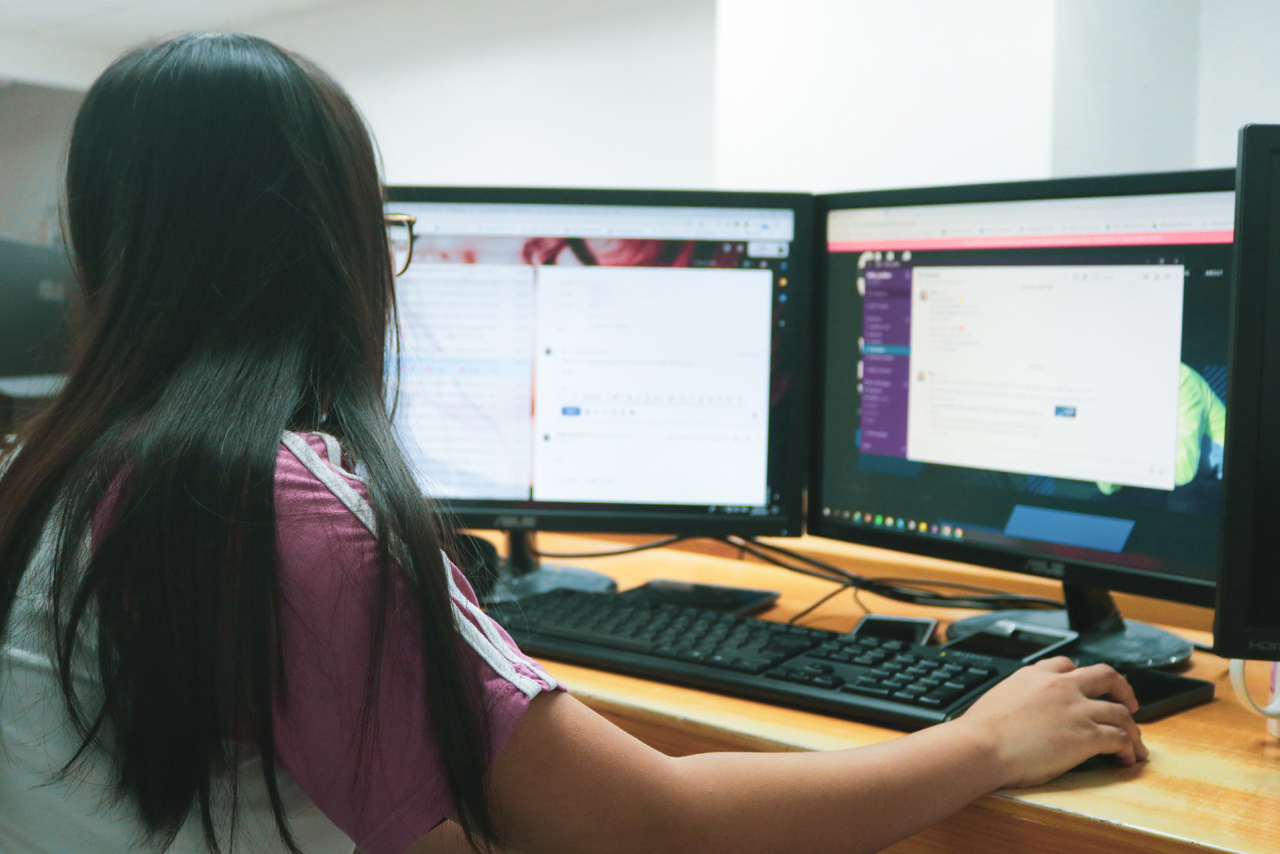In Conversation: Insights on U.S. Teachers and Principals from an International Survey
How does the U.S. education workforce compare to other countries in terms of demographics, attitudes, and beliefs? Do they spend more time on instruction and other tasks than international educators? The Teaching and Learning International Survey (TALIS), the largest international survey of teachers and principals, provides a barometer of the profession every five years. Volume 1, the most recent release, came out in summer 2019, and Volume 2 will be released in March 2020. AIR provides technical and substantive support to the National Center for Education Statistics for the TALIS survey in the U.S., including development of the survey, monitoring data collection, analyzing the data, and reporting and disseminating the results. AIR Principal researchers Matthew Clifford, Ebru Erberber, and Lisa Lachlan got together to discuss TALIS 2018 key findings and policy and practice implications from a U.S. perspective. Excerpts from their conversation follow.
The Perspectives Of Rural Teachers
The I Am a Rural Teacher campaign is committed to “giving voice” to rural teachers from throughout the country. Elevating teacher advocacy is a primary objective of this national initiative, and the Rural Schools Collaborative will be working with the National Rural Education Association to share rural teachers’ viewpoints with policymakers at the regional, state, and national levels. Thank you to The Bill & Melinda Gates Foundation for supporting this effort.
Rural Schools Collaborative
The Rural Schools Collaborative Network and related efforts are committed to purposeful teacher recruitment strategies with an emphasis on social justice and inclusive community development. The intentional recruitment, preparation, and placement of teacher leaders is a rural imperative. The Rural Schools Collaborative’s Rural Teacher Corps Network is a vast learning community.
‘Grow Your Own’ Aims to Address Montana Teacher Shortage
A new “Grow Your Own” strategy has high schools partnering with colleges throughout Montana to train uncertified prospective teachers recruited by school districts to fill open positions. “’Grow Your Own’ reflects the acknowledgment that local communities may provide an answer to teacher shortages in rural and tribal communities by mining existing individuals who are unable to leave their community to attend college due to the cost of attendance and/or family obligations,” said Vikki Howard, a professor of special education at the University of Montana – Western, at last month’s Montana Board of Regents meeting. In some cases, the program connects schools in one community with a college in another corner of Montana.
Chicago is Attracting More Substitute Teachers — but Here’s Why Many Classrooms Still Go Wanting
Chicago has struggled to recruit substitute teachers, particularly in the era of the gig economy, where residents looking for part-time work can turn to Uber or Lyft. An investigation earlier this year found that one in three teacher absences at majority black and Latino schools went unfilled. District leaders say some new efforts, from promised pay bumps for substituting at hard-to-fill schools to relaxing restrictions on retirees, are starting to pay off. The teachers’ union, too, has also advocated and won cost-of-living raises for substitutes across its new five-year contract. “We’re really excited about the moves we’ve made,” said Matt Lyons, the district’s chief talent officer. “We really evened out the inequities in a lot of ways.” But a bureaucratic hiring process and inaccessibility for less mobile substitutes still pose a barrier while the district searches for ways to improve the sub experience.

